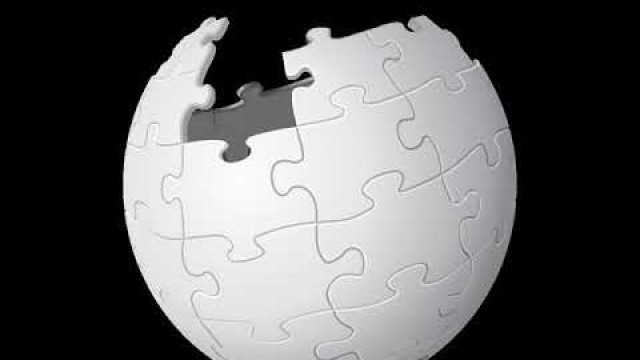

'This is an audio version of the Wikipedia Article: Space Food Sticks Listening is a more natural way of learning, when compared to reading. Written language only began at around 3200 BC, but spoken language has existed long ago. Learning by listening is a great way to: - increases imagination and understanding - improves your listening skills - improves your own spoken accent - learn while on the move - reduce eye strain Now learn the vast amount of general knowledge available on Wikipedia through audio (audio article). You could even learn subconsciously by playing the audio while you are sleeping! If you are planning to listen a lot, you could try using a bone conduction headphone, or a standard speaker instead of an earphone. You can find other Wikipedia audio articles too at: https://www.youtube.com/channel/UCuKfABj2eGyjH3ntPxp4YeQ You can upload your own Wikipedia articles through: https://github.com/nodef/wikipedia-tts \"The only true wisdom is in knowing you know nothing.\" - Socrates SUMMARY ======= Space Food Sticks are snacks created for the Pillsbury Company in the late 1960s by the company\'s chief food technologist, Howard Bauman. Bauman was instrumental later in establishing the Hazard Analysis and Critical Control Points regulations used for food safety. Bauman and his team were instrumental in creating the first solid food consumed by a NASA astronaut: small food cubes eaten by Scott Carpenter on board Aurora 7 in 1962. (John Glenn had consumed the fruit-flavored drink Tang in space three months earlier aboard the Friendship 7.) Space food cubes were followed by other space-friendly foods created by Pillsbury\'s food engineers, such as non-crumbly cake, relish that could be served in slices, and meat that needed no refrigeration.In 1970, Pillsbury filed for a trademark for a \"non-frozen balance energy snack in rod form containing nutritionally balanced amounts of carbohydrate, fat and protein\" which they dubbed \"Space Food Sticks\". No basis for use of the term \"nutritionally balanced\" was provided. A forerunner of energy bars, Space Food Sticks were promoted by Pillsbury for their association with NASA\'s efforts to create safe, healthy and nutritional space food. In 1972, astronauts on board Skylab 3 ate modified versions of Space Food Sticks to test their \"gastrointestinal compatibility\".Capitalizing on the popularity of the Apollo space missions, Pillsbury marketed Space Food Sticks as a \"nutritionally balanced between meal snack\". Fourteen individually packaged sticks were included in a box, and came in six flavors such as peanut butter, caramel, and chocolate.Space Food Sticks disappeared from North American supermarket shelves in the 1980s. They were revived by Retrofuture Products, of Port Washington, NY in 2006. Two flavors, chocolate and peanut butter, were released. They are being sold at flight museums such as the Kennedy Space Center and the Smithsonian Air & Space Museum as well as online.In Australia, Space Food Sticks were produced for many years in fewer flavor varieties than the American versions (chocolate and caramel only). They were marketed under the Nestlé Starz brand to modern-day Australian children as an energy food. Production stopped in 2014.Space Food Sticks have shown up in popular culture including the TV series The Simpsons and The Colbert Report, the books of R.L. Stine, and the film Super 8. They are frequently cited as the favorite snack of Australian Olympic gold medal winner Ian Thorpe.'
Tags: wikipedia audio article , learning by listening , improves your listening skills , learn while on the move , reduce eye strain , text to speech , space food sticks , food product brands
See also:


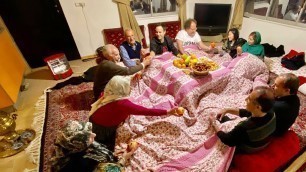


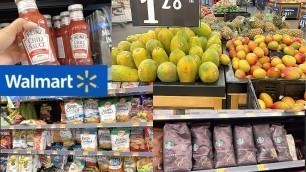

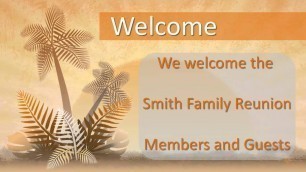
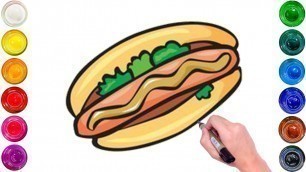
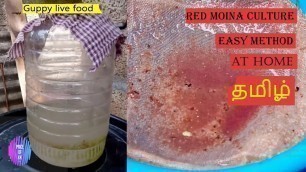

!['Judy Joo\'s Biggest Bibimbap recipe ENG ver. [korean food made simple]'](https://cdn-img01.foodbl0g.com/images/40-m/130/1309220_m.jpg)


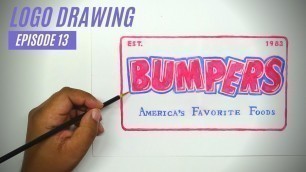
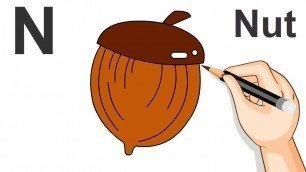

comments